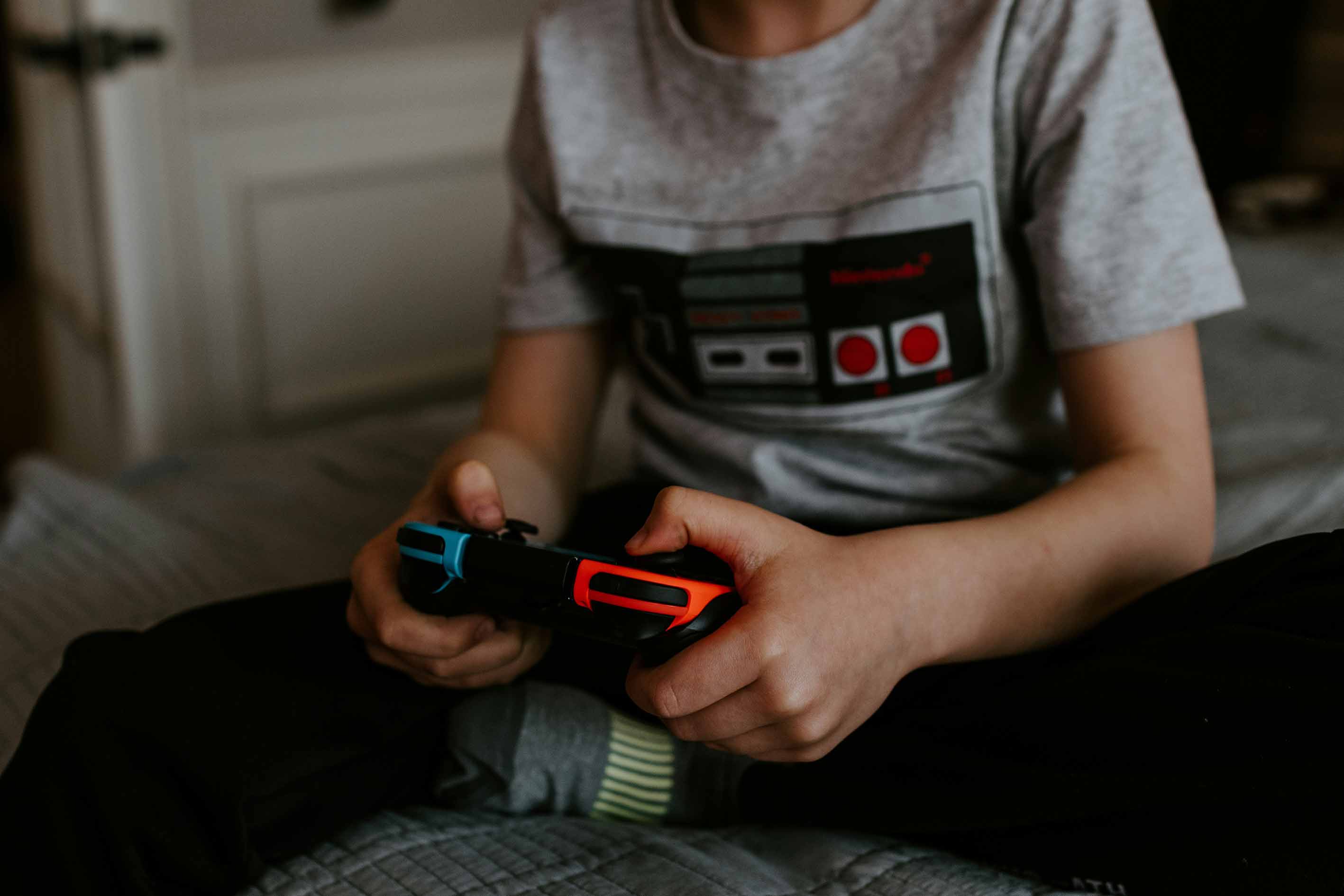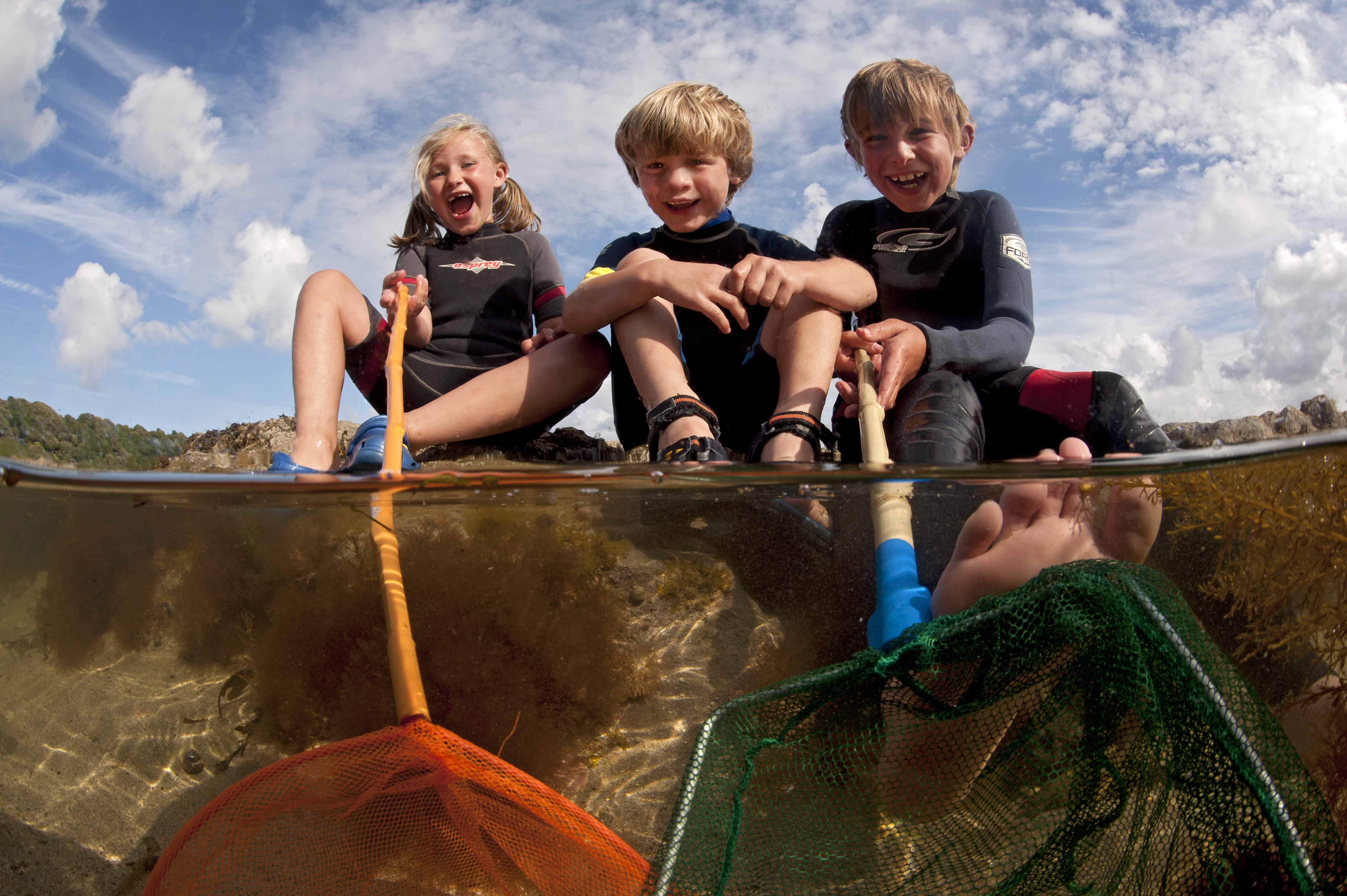Ian McNab, Member of the British Society for Surgery of the Hand
Carving pumpkins for Halloween can be fun, but it involves cutting a tough uneven surface.

Accidents caused by the knife slipping or punching through the pumpkin into a hand on the other side can lead to deep lacerations of the hand with serious injuries to the underlying vital nerves, blood vessels and tendons.
These injuries affect adults and children alike – some minor cuts can be cared for at home, but more serious injuries should be assessed at your local hospital emergency department as soon as possible and may need treatment by a specialist hand surgeon.
To prevent hand injuries, the British Society for Surgery of the Hand suggests:
- Always cut away from yourself: Whoever is cutting should always cut away from themselves – away from their body and their other hand. Cut in small, controlled strokes to decrease chance of injury if you do slip.
- Keep your hands, pumpkin and tools dry: All carving tools (knife and cutting board/ surface) should be washed and thoroughly dried. Any moisture on your pumpkin, tools, hands, or cutting surface can cause slipping that can lead to injuries, try putting down some dry newspaper to cut on.
- Carve in a well-lit area: Ensure that the area you’re working in is well lit so that you can see where everyone’s hands are at all times. Fasten your paper pattern to the pumpkin with tape and use a large drawing pin to make holes along the lines of the pattern to mark it out – later, remove the paper and cut between the holes.
- Leave most of the carving to adults: For young children, consider safer alternatives to carving, such as painting or decorating a pumpkin with stickers. Children under 14 years old should not carve, but they can help design the pattern and draw it onto the pumpkin, but leave the actual carving to the adults. Children may also like to help clean out the inside pulp and seeds with a spoon. Replace the top of the pumpkin before carving, so you can’t put your hand inside where it may get injured as the knife plunges in! Adolescents should only carve under close adult supervision.
- Having a larger sharper knife is not always better: a sharp knife can still get wedged in the tough pumpkin rind, requiring force to remove it – increasing the risk of injury when the knife suddenly dislodges. Use a knife with a short blade that’s easier to control, with a finger guard to stop your fingers slipping down onto the blade, or preferably get a pumpkin carving kit with a safer small serrated pumpkin saw.
If you do cut your finger or hand, apply direct pressure to the wound with a clean cloth and elevate your hand above shoulder level. This will usually stop the bleeding from minor cuts. Then apply a clean dry dressing.
If continuous pressure does not slow or stop the bleeding after 15 minutes, if you lose the feeling or movement in your finger, or if a deep cut goes right across a finger or deep into the hand, you should go to the local hospital emergency department – they can assess and treat the wound.
If necessary, they may also arrange for a specialist hand surgeon to assess whether or not surgery is required to repair any damaged structures. If a tendon or nerve has to be repaired it may then also require several months of hand therapy to recover from the injury.




